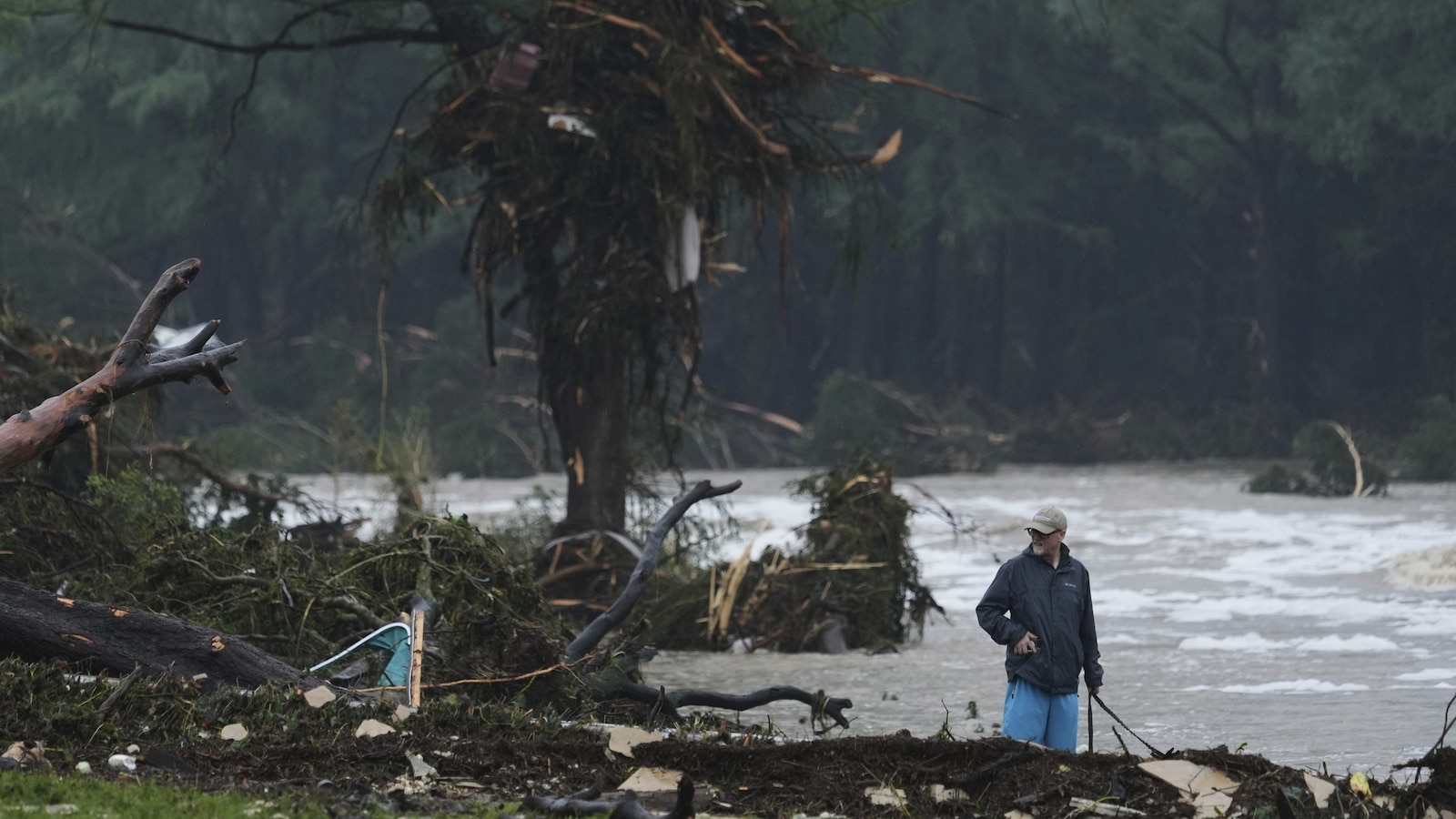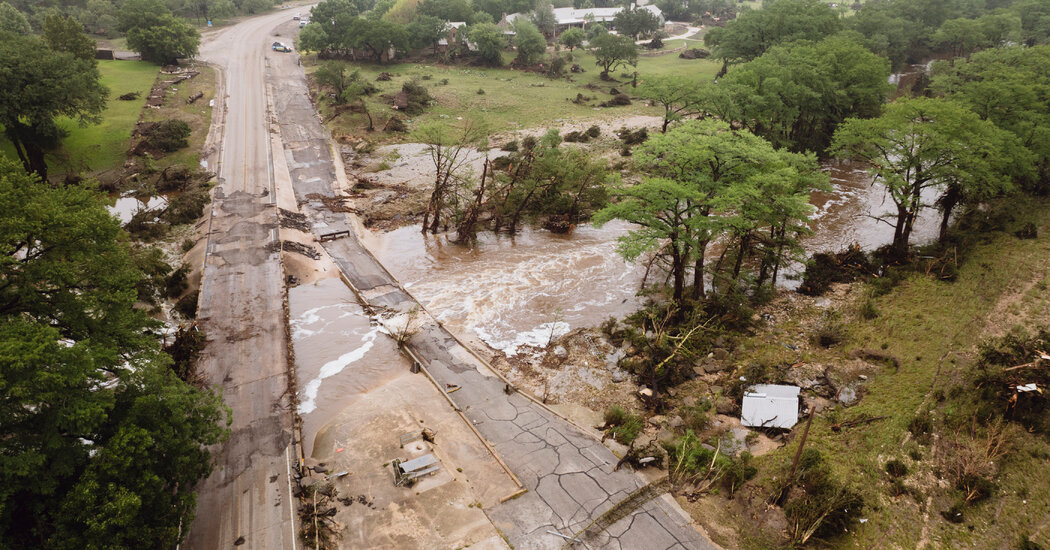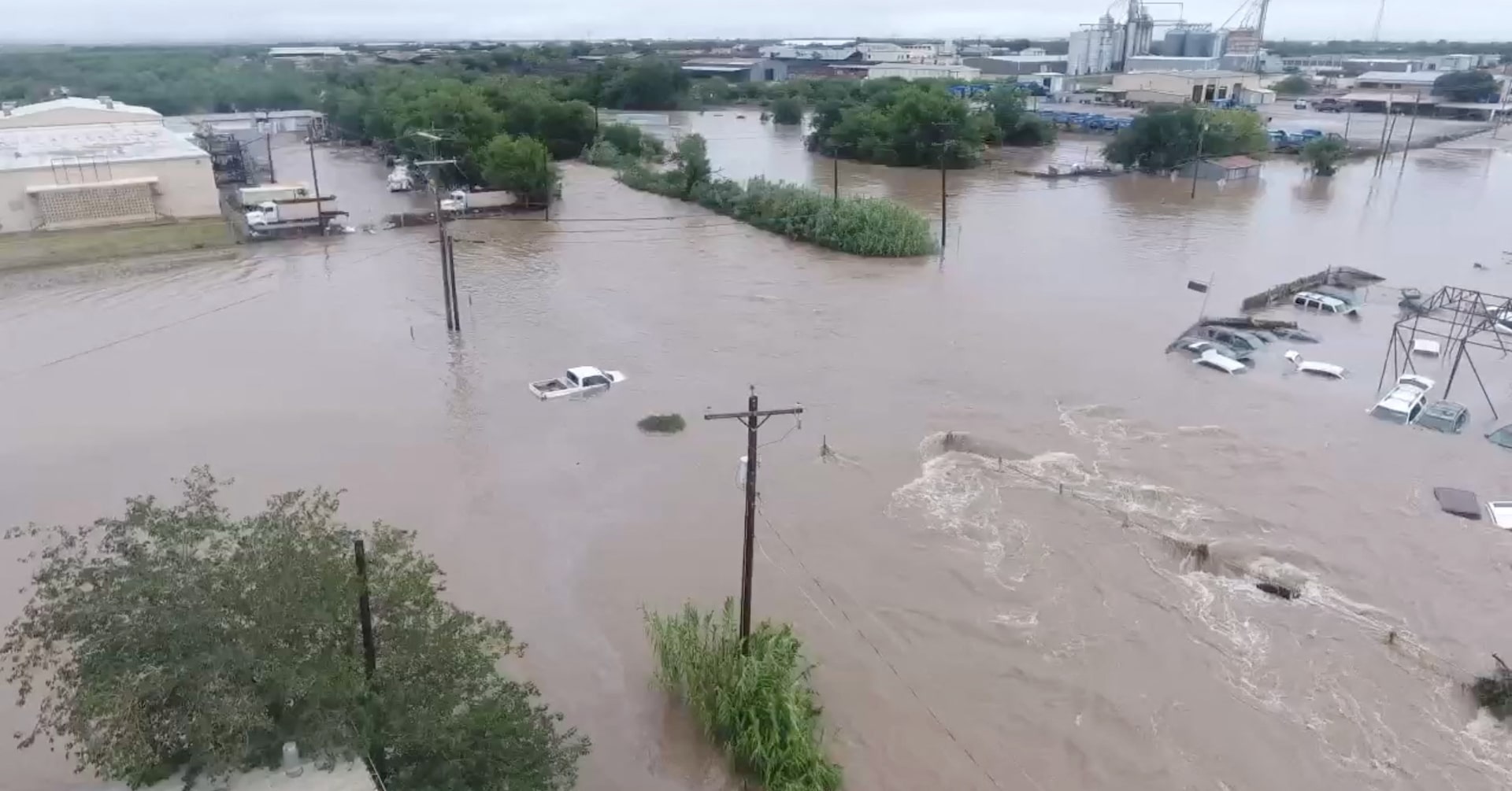A Night of Unimaginable Tragedy
Central Texas is reeling from one of the most devastating natural disasters in its recent history. In the early hours of July 4, 2025, a relentless deluge—equivalent to a month’s worth of rain in just a few hours—triggered catastrophic flash floods across the Texas Hill Country. The Guadalupe River, a lifeline for many communities, surged by nearly 29 feet in less than an hour, overwhelming neighborhoods, camps, and infrastructure with terrifying speed.

The Human Toll: Lives Lost and Families Torn Apart
As of July 5, the official death toll has risen to at least 27, including nine children. The tragedy struck hardest in Kerr County, where the river’s rapid rise caught many residents and visitors off guard in the dead of night. Among the missing are more than 20 girls from Camp Mystic, a Christian summer camp for young girls, where frantic search efforts continue.
- Fatalities: 27 confirmed dead (18 adults, 9 children)
- Missing: 27 girls from Camp Mystic still unaccounted for
- Rescued: Over 850 people evacuated, with more than 100 airlifted by helicopter
- Injured: At least eight people hospitalized
The floods struck with such ferocity that many families were forced to flee to the second floors of their homes or seek refuge on rooftops. In some cases, entire neighborhoods were submerged, and vehicles, trees, and debris were swept away by the torrent.

The Scene on the Ground: Heroic Rescue Efforts
Emergency responders, including the Texas National Guard, state troopers, and local volunteers, have been working around the clock. More than 1,000 rescuers, supported by helicopters, drones, and boats, are combing through inundated rivers, culverts, and rocky terrain in a desperate search for survivors. The operation is especially focused on the area surrounding Camp Mystic, where hope remains that some of the missing girls may be stranded but alive.
Resources Deployed:
- 14 helicopters
- 12 unmanned aerial vehicles (drones)
- 9 rescue squads
- Over 500 personnel on the ground
Governor Greg Abbott has issued a disaster declaration for the hardest-hit counties, ensuring that all available state resources are mobilized. He emphasized that the search and rescue mission would continue “in the darkness of the night … seeking for anybody who is not accounted for”.
Why Was the Flood So Severe?
Meteorologists and climate experts point to a combination of deep tropical moisture, remnants of a tropical storm, and a stalled low-pressure system as the culprits behind the unprecedented rainfall. The region’s hilly terrain and steep canyons funneled the water rapidly into river valleys, turning gentle streams into deadly torrents. The National Weather Service described the event as a “one-in-100-years” intensity, with rainfall amounts so extreme that the odds of such an event in any given year are less than 0.1 percent.
Questions Raised: Could More Have Been Done?
The disaster has prompted scrutiny of local preparedness and warning systems. Many residents and officials admitted they were caught off guard, as the storm struck in the middle of the night when most people were asleep. Kerr County, despite its history of flooding, lacked a dedicated warning system on the river. Local leaders have defended their response, noting that while flood alerts were issued, the scale and speed of the event were unprecedented and unpredictable.
The Road Ahead: Recovery and Reflection
As floodwaters begin to recede, the full extent of the devastation is becoming clear. Homes, businesses, and infrastructure have been destroyed, and many communities remain without power or internet access. The emotional toll is immense, with families anxiously awaiting news of missing loved ones and communities mourning those lost.
Officials warn that the threat is not over, as more rain is forecast for the region in the coming days. The disaster serves as a stark reminder of the increasing frequency and severity of extreme weather events, and the urgent need for improved preparedness and resilient infrastructure in vulnerable areas.
Conclusion
The catastrophic flash floods in Central Texas have left a trail of heartbreak and destruction. As rescue efforts continue and the community rallies together, the focus remains on finding the missing, supporting survivors, and beginning the long process of recovery. The tragedy has united Texans in grief and determination, and the coming days will test the resilience and compassion of all those affected.

